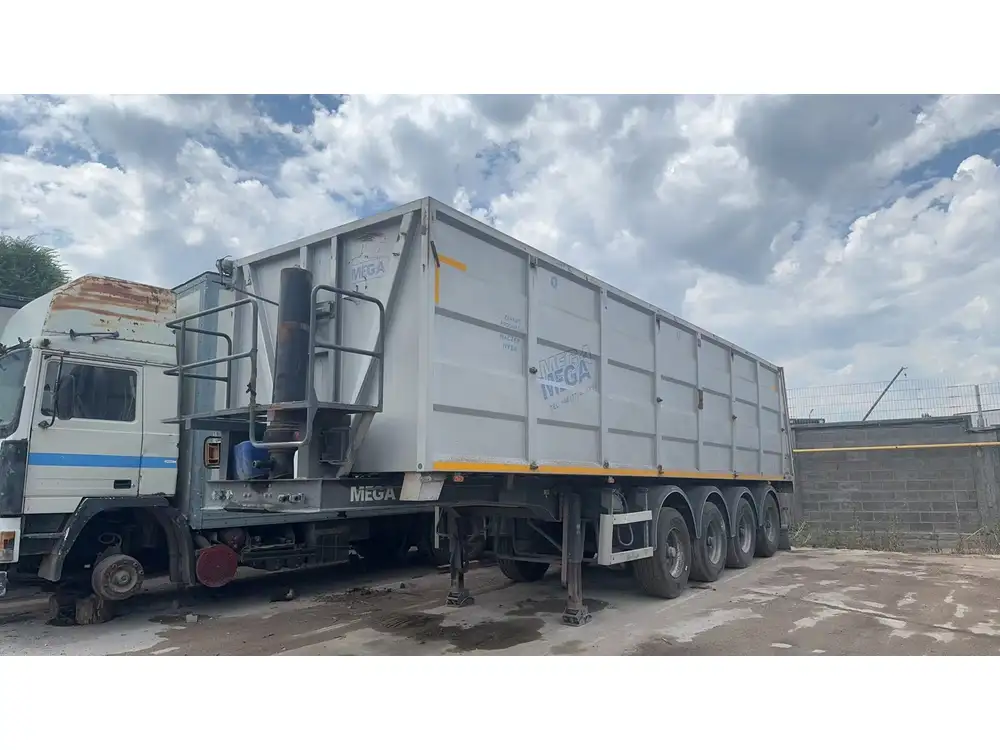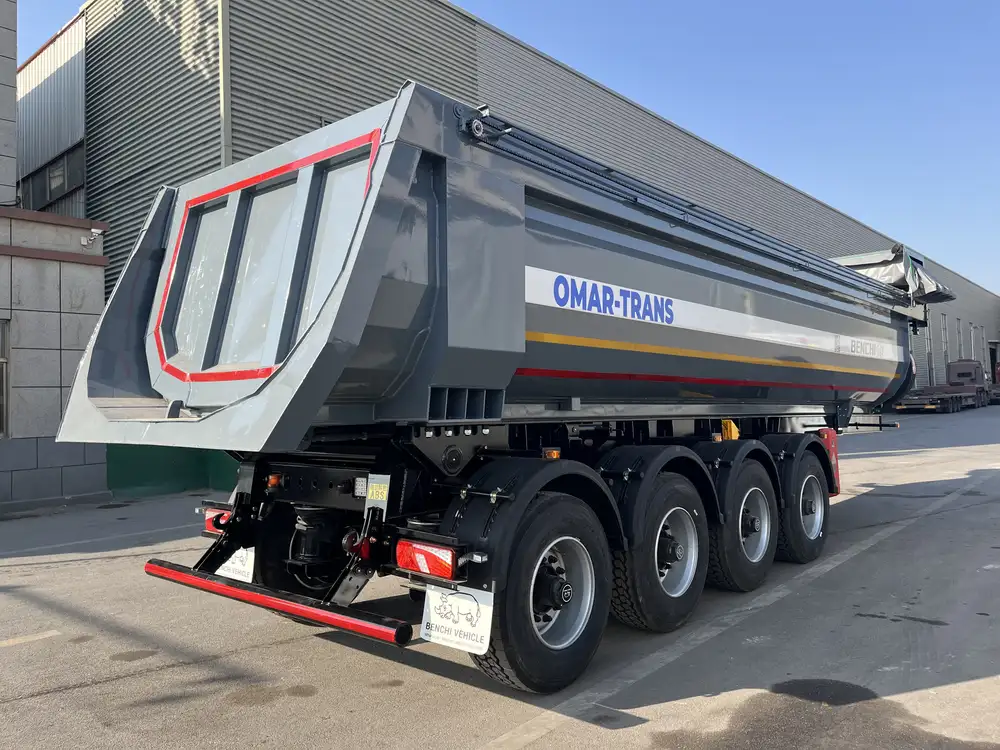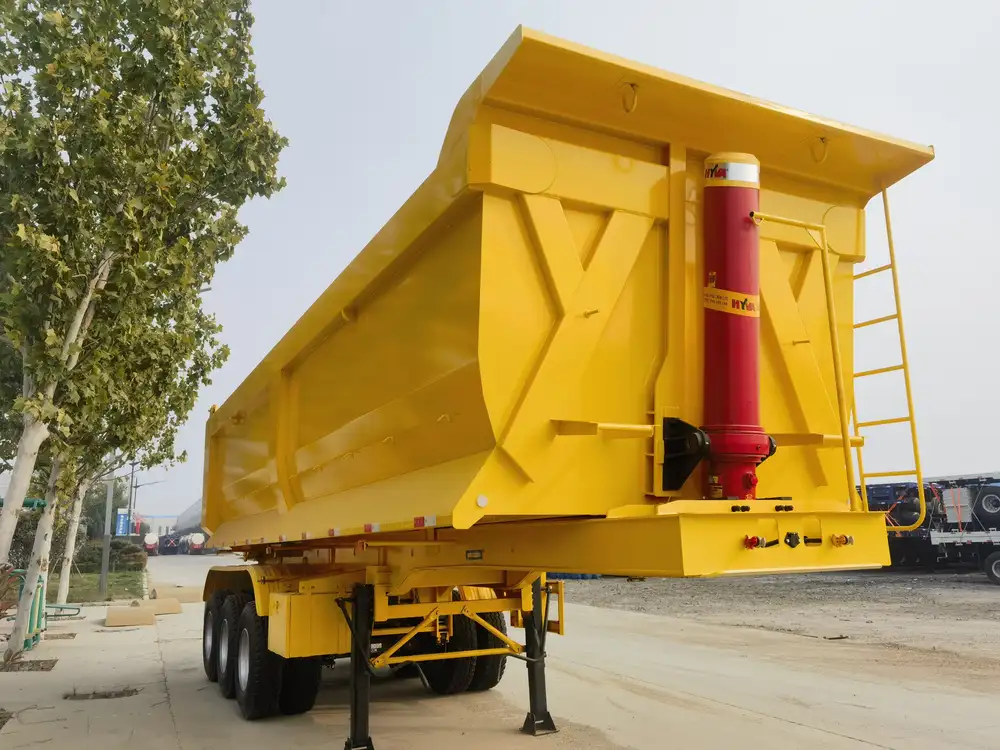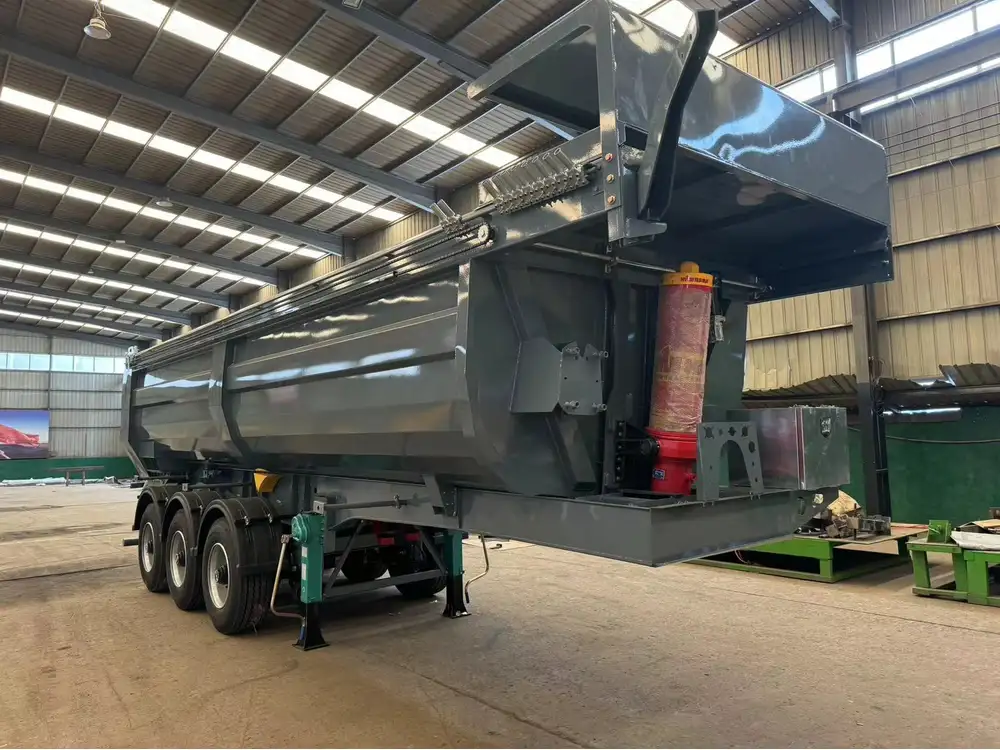Dropping a semi-trailer is a critical task that requires not only proficiency and careful planning but also an understanding of safety protocols and equipment. Whether you’re a seasoned truck driver, a fleet manager, or someone in the logistics sector, mastering this skill is indispensable. In this article, we provide you with a detailed breakdown of the processes, equipment needed, common mistakes to avoid, and best practices to ensure a safe and efficient trailer drop.
Understanding the Semi-Trailer System
Before delving into the mechanics of dropping a semi-trailer, it’s essential to understand the components involved:
| Component | Description |
|---|---|
| Tractor Unit | The front part of the truck, which houses the engine, cab, and controls. |
| Semi-Trailer | The trailer connected to the tractor, designed to carry freight. |
| Fifth Wheel | A coupling device mounted on the tractor unit that connects to the kingpin on the semi-trailer. |
| Kingpin | The pivot point at the front of the semi-trailer that locks into the fifth wheel. |
| Landing Gear | Retractable legs that support the trailer when it’s detached from the tractor. |
| Air Lines & Electrical Connections | Connectors that provide air pressure and electrical power to the trailer’s brakes and lights. |
Importance of Knowledge
Understanding each component’s role is critical in preventing accidents and ensuring efficient operations. Each part must work in harmony, and neglecting to check any one of them can lead to potentially serious issues.

Preparing for the Drop
Preparation is vital for a successful trailer drop. Here’s a checklist to ensure you have everything covered:
Safety Gear
- High-visibility Vest: Always wear a vest to enhance visibility, especially in low-light conditions.
- Hard Hat: Protects you in case of accidental falls or equipment mismanagement.
- Gloves: Protects your hands while handling equipment.
Vehicle Inspection
- Check Coupling Mechanism: Ensure the fifth wheel operates smoothly and is free of debris.
- Inspect Air Lines: Look for leaks or wear on the lines that supply air to the brakes.
- Verify Electrical Connections: Ensure that all lights are operational both on the tractor and trailer.

Location Assessment
- Flat Surface: Always try to find a flat, stable surface to drop your trailer.
- Clear Space: Ensure there’s ample room to maneuver and that no obstacles threaten safety.
The Process of Dropping a Semi-Trailer
Now that we’ve prepared adequately, let’s dive into the step-by-step process of dropping a semi-trailer.
Step 1: Positioning the Tractor
- Align the Tractor: Drive the tractor to align perfectly with the trailer. The tractor should be moving in a straight line toward the trailer.
- Engage the Brakes: Once aligned, apply the trailer brakes, and engage the tractor’s handbrake for added security.

Step 2: Disconnect the Air Lines and Electrical Cables
- Release Air Line Connections: Pull the release handles on the air lines, ensuring they are disconnected from the trailer.
- Unplug Electrical Connections: Carefully remove the electrical plug, ensuring no damage occurs to the cables or the plug itself.
Step 3: Unlocking the Fifth Wheel
- Use the Release Handle: Locate the release handle on the fifth wheel and pull it to unlock the coupling mechanism.
- Check for Full Disengagement: Pull the tractor slightly forward to confirm that the kingpin is fully disengaged from the fifth wheel.
Step 4: Lowering the Landing Gear
- Positioning the Trailer: Before lowering the landing gear, ensure the trailer is stable and supported by the tractor.
- Lowering Procedure:
- Turn the crank handle to lower the landing gear.
- Ensure both legs lower evenly, providing stable support.
- Once the trailer is on a solid surface, release any tension on the gear.

Step 5: Finalizing the Drop
- Drive Away: Slowly back away from the trailer, ensuring you maintain a safe distance from the trailer as you leave the drop site.
- Visual Inspection: After disconnecting, conduct a visual inspection to ensure everything has properly disengaged and that the environment is safe.
Common Mistakes to Avoid
Navigating the process of dropping a semi-trailer is straightforward, but mistakes can lead to catastrophic results. Here are common pitfalls to avoid:
| Mistake | Consequence |
|---|---|
| Neglecting Equipment Checks | Equipment failure during the drop; safety hazards. |
| Improper Positioning | Damage to the tractor, trailer, or surrounding property. |
| Ignoring Safety Protocols | Risk of injury to personnel and property damage. |
| Rushed Procedures | Overlooked details; increases the chances of errors. |
A Deeper Look: Prevention Methods
- Routine Maintenance: Regularly check and maintain all equipment involved to prevent breakdowns.
- Training Programs: Engage in updated training programs for all personnel involved in logistics.

Best Practices for Safe Trailer Drops
Implementing best practices can augment safety and efficiency. Consider the following:
Utilize Technology
- Telematics Systems: Use technologies that offer real-time data on vehicle performance, reducing your risk of equipment failure.
- Safety Apps: Applications that monitor driver performance can point out dangerous habits and provide suggestions for improvement.
Training and Development
- Regular Safety Refresher Courses: Frequent training sessions keep safety at the forefront of your team’s mind.
- Hands-On Demonstrations: Conduct frequent, practical demonstrations to reinforce safe behavior and expectations.

Implement a Standard Operating Procedure (SOP)
- Develop Comprehensive SOPs: Create and distribute a manual covering every step of the drop process.
- Visible Reminders: Place safety reminders in the workplace to keep procedures fresh in mind.
Conclusion
Dropping a semi-trailer requires meticulous attention to detail, knowledge of equipment, and adherence to safety practices. By following the outlined steps, avoiding common mistakes, and implementing best practices, truck operators and logistics personnel can ensure a safe and efficient trailer drop. The importance of thorough preparation cannot be overstated; proactive measures significantly reduce the risk of accidents and injuries.
In an industry where precision and safety can dictate success, mastering the art of dropping a semi-trailer not only enhances operational efficiency but also safeguards against potentially disastrous outcomes. As manufacturers and operators prioritize continual education and technological advancements, we set new standards for safety and efficiency in the logistics sector.
For further information or to explore our range of semi-trailers designed for optimal performance and safety, please contact us. Embrace the power of knowledge and ensure your operations stand out in a competitive marketplace.



